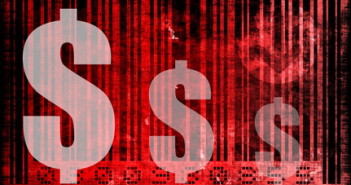Reports about a program by the Chinese authorities to stimulate the economy by 500 billion yuan is encouraging markets and triggering a US dollar sell off. Update: a report from Fed watcher Jon Hilsenrath at the WSJ also weighs on the dollar. Hilsenrath says what we are also saying in our preview: the critical word “considerable†regarding the time before a rate hike comes to the US is likely to stay with us also tomorrow.
It isn’t only the Aussie, but a much wider movement. Quite a squeeze ahead of the Fed.
China boosts liquidity to the 5 largest banks, seemingly in response to lots of weak economic data coming out from the economic giant. So far, the authorities seemed to let the economy cool down, perhaps as part of battling corruption and also as part of the much needed re-balancing of the economy.
Here’s what’s going on in the markets. Note that each currency has its own story, and today these stories are also supportive of each currency against the greenback.
- EUR/USD is edging closer to 1.30. It has climbed to the highest since Draghi’s big measures. Resistance is clearly at 1.30, followed by 1.3050. Support is at 1.2960, followed by 1.2920.
- GBP/USD reached 1.63 but retreated back down to 1.6285. There is a growing notion of a No vote in Scotland, and this also helps the pound. See a timetable for the big day of the referendum.
- USD/JPY lost 107, but the move is more limited here. This hows that that both “safe haven†currencies are together in this: this is a “risk on†rally.
- AUD/USD, which already dipped below 0.90 twice on the Chinese news, leaped to 0.91 and is now a bit below.
- NZD/USD is above 0.82. An OK milk auction also supports the pair.
- USD/CAD fell under 1.10, making a full round trip. Strong manufacturing sales in Canada gave the initial boost to the loonie. Here are three reasons why USD/CAD is under 1.10.
Regarding the US dollar, the next big event is the Fed meeting tomorrow, and it doesn’t look too good for the greenback:
what we are also saying in our preview
Here is a chart of AUD/USD, which shows the bounce from the lows:




